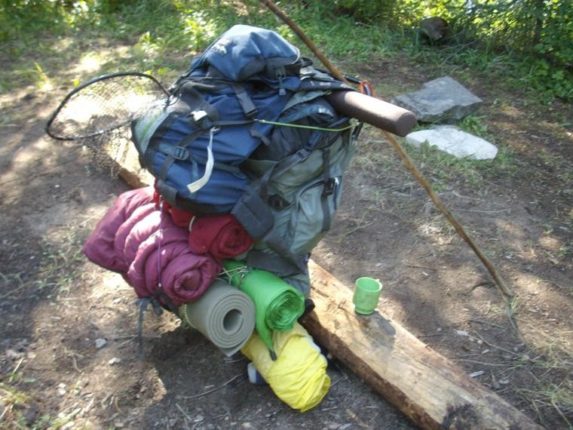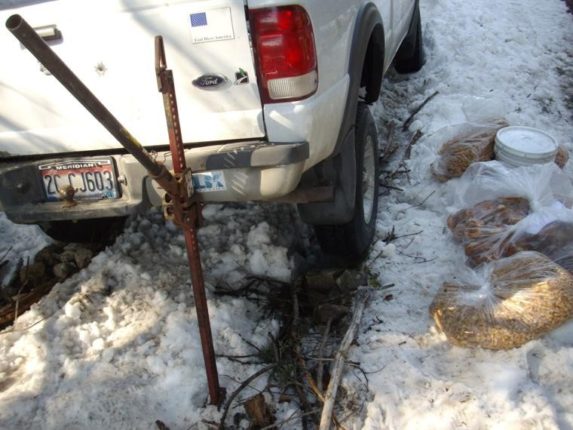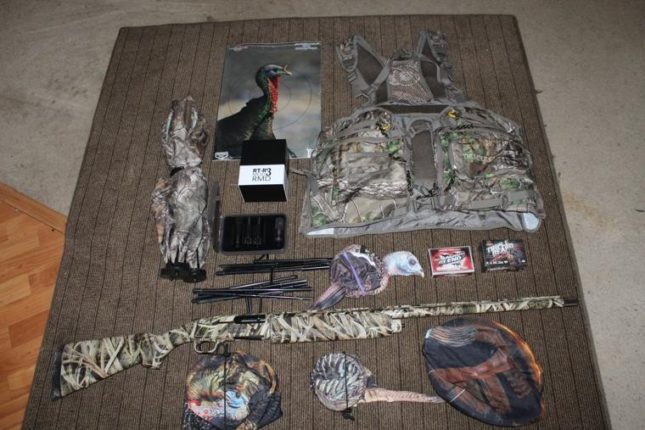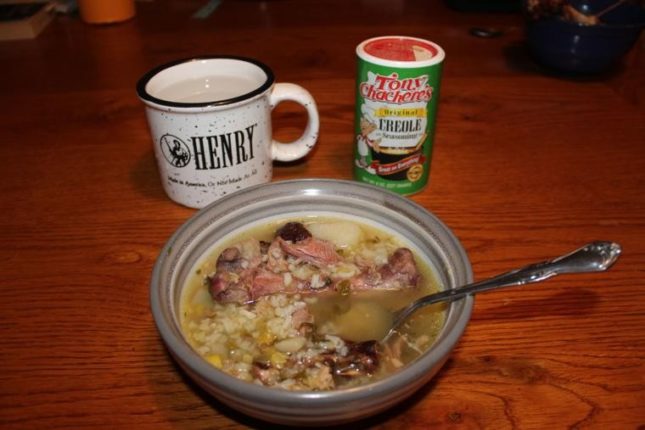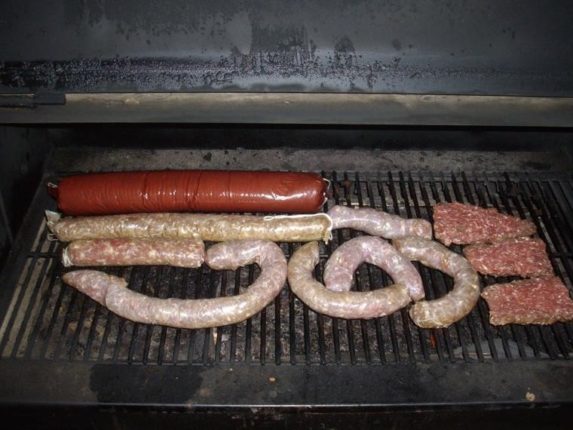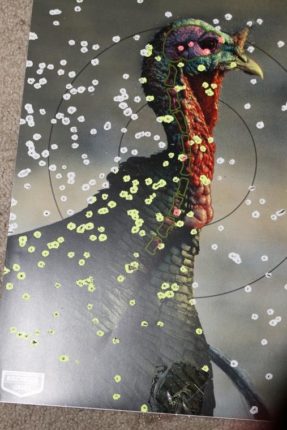I remember as a kid giving a 2-inch tall porcelain skunk to my dad and telling him I wanted to give him something but I didn’t want to spend much. It cost 25 cents. I wasn’t very smart or tactful I guess? But cut me a little slack, I was only about 5 years old at the time. But regardless, we don’t want to be that kind of gift giver, especially for Father’s Day (since my wife or daughter may be reading this article).
As you can imagine, being an outdoors writer, I get to test a ton of gear every year. For Ammoland.com alone I test and write product reviews on 52 knives per year. So with that said, here are some items I think the dad in your life may enjoy. Everyone is on a budget, so I’ve tried to list items to fit everyone’s budget.
FISHING GEAR
n Ask him specifically which lures he wants.
n You can buy quality flies on a budget at flydealflies.com.
n Dip net
n Rods and reels
n Smith’s Consumer Products fish fillet knives
n Frogg Togg rain gear
n Tackle boxes
n Pautzke Bait Co. Fireball bait
HUNTING GEAR
n Riton Optics scopes and binoculars
n Swab-Its gun cleaning swabs
n Smith’s Consumer Products 6-inch diamond stones
n Knives of Alaska Pronghorn or Elk hunter knife
n Browning hiking socks
n Crosman airgun. Check out the Steel Eagle.
n Ammo. I’ve been testing some CCI and Federal .22, .22 Magnum and .17 HMR ammo. All three are great for whistle pig hunting.
n Buy him a couple of passes to the upcoming Great Northwest Outdoor Expo in Nampa. Buy two and maybe he’ll take you with him — a devious but smart move!
n Otis gun cleaning gear.
n Quaker Boy calls
n Walker hearing enhancment ear muffs
BACKPACKING GEAR
n Adventure Medical Kits. I love their foot care items.
n Aquimira water filters. They have straws, bottles and pumps.
n XGO base layers.
n Irish Setter boots. They have many options, but check out their Drifter or Ravine models.
n Waterproof matches and Firestarter.
n Compass.
n Cooking gear
n Smith’s Consumer Products everyday carry (EDC) knives.
n Small ditty bags for segregating items. Campmor has some nice ones.
n Backpack
n Backpacking meals
n Browning hiking socks
CAMPING GEAR
n Alps Mountaineering tents, sleeping bags and pads
n Lodge Dutch ovens and black skillets
n Tarps
n Lantern
n ASP XT-DF flashlight
n Cooler
n To hold down his four-wheelers check out Shock Strap.
GOLFING GEAR{/span}
{span class=”print_trim”}No, bad gift buyer. Do not buy them anything golf related! This is not an outdoors sport. This is something made up to pass time for people that don’t fish and hunt.GRAND SLAM GIFTS
n Here’s an item you could really impress him with. A Henry’s lever action .22 Magnum or a .22. They are some super cool rifles. In fact, it might even be a cool Mother’s Day gift because my wife is trying to steal mine.
n A fishing trip to the historic Plummer’s Lodge in the Northwest Territory. My daughter and I are going up there in July. It is a premier fishing spot. Call them at 204-774-5775.
OTHER GIFTS
If he is just flat out hard to shop for, have him pick 10 items out of his favorite outdoors catalog. That way when you pick one or two of the items it will be what he wants but still be a surprise. Or what about a gift card at his favorite outdoors store? Not as personal as an actual item but he could use it to buy exactly what he wants.
And if you flat out don’t have any money for a gift, I bet if you hug him and tell him you love him and how appreciative you are that he always works so hard to take care of the family, I bet that will mean more to him than any gift in the world.
Happy Father’s Day to all of you guys out there.
Tom Claycomb lives in Idaho and has outdoors columns in newspapers in Alaska, Idaho, Utah, Nevada, Colorado and Louisiana.
